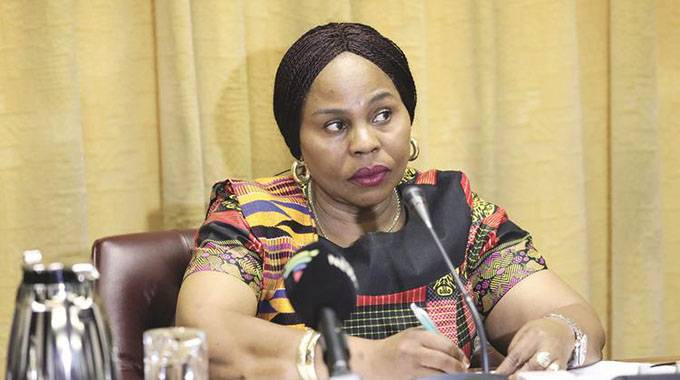Smaller ZiG denomination shortage impacts smooth transactions
The shortage of smaller ZiG denominations in the market is compromising the convenience of the transacting public and businesses, posing an adverse effect on cash premiums.
Since the introduction of the new currency on April 30, 2024, banknotes and coins have been elusive, with the market relying on US dollars.
However, of the smaller ZiG denominations, it’s the ZiG10 that has widely circulated, albeit on a small scale as many people have not used it.
In most cases, a product or service that cost US$0,50 is now being charged for ZiG10 due to a shortage of change, compromising the exchange rates.
A survey of selected banking institutions revealed that most banks do not readily have the ZiG currency and in many instances, it is the ZiG10 that is coming into circulation.
“If the Governor (Dr John Mushayavanhu) is serious about the role of the ZIG in the market, he must make more paper currency available. At present, it is simply not available,” economist and former member of the Reserve Bank of Zimbabwe (RBZ) monetary policy committee (MPC) Eddie Cross told Business Weekly.
In some cases, the shortage of physical notes and coins has led to price hikes for some essential goods and services, mainly among commuters.
Bankers Association of Zimbabwe president, Lawrence Nyazema, recently said it is a matter of time before ZiG becomes widely available, indicating that since ZiG is a completely new currency, it will naturally take time to circulate and reach the average person countrywide considering that most financial activities are concentrated in urban areas.
Confederation of Zimbabwe Retailers (CZR) president, Denford Mutashu, also recently highlighted that monetary authorities should consider injecting more liquidity into the market.
He said while currency should be scarce, there is also a need to recognise failure to bridge the gap and ensure the wider availability of ZiG, considering the important role it is meant to play.
“Shortage of smaller denominations brings inconveniences in terms of things like change. It is an area that would be addressed by the central bank to enhance the convenience of the transacting public,” economist Dr Prosper Chitambara said.
According to NMB Holdings group chief executive, Gerald Gore, with the ZiG now over a month after their introduction, the exchange rate has been fairly stable.
“What we have seen in the last few weeks is reserves coming into the market to sell foreign currency to authorised dealers for onward sale to our customers.
“We hope that continues because that helps to oil the market. But let me be clear: a stable exchange rate is good for everyone, so no one benefits from a volatile exchange rate.
When it is stable, it means you can plan, you can budget and as a bank, we will do everything and play our part to also support whatever initiatives that give rise to a stable exchange rate,” he said.
After releasing the notes and coins into the market, the RBZ governor, Dr Mushayavanhu, implored Zimbabweans to focus on currency preservation and facilitate the ease and convenience of transacting.
At its introduction, the Governor said the RBZ’s reserve asset holdings backing the ZiG currency comprised US$100 million in cash and 2,522kg of gold worth US$185 million to back the entire local currency component of reserve money.-ebusinessweekly









